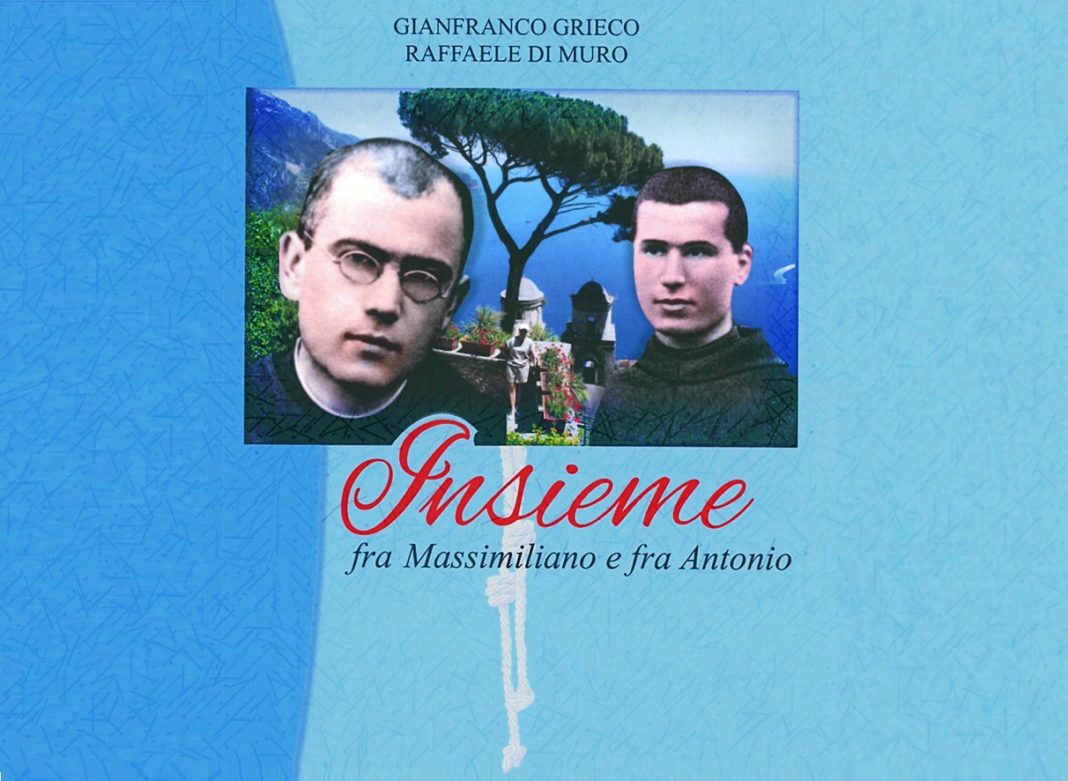We are approaching the 103rd anniversary of the founding of the Militia of the Immaculata (M.I.), the Marian movement which began at the International Seraphic College on via San Teodoro, in Rome (October 16, 1917-2020). Friar Maximilian Maria KOLBE founded the movement together with six other Conventual Franciscan confreres. To commemorate this anniversary, the Miles Immaculatae magazine has published an edition entitled: “Together – Friar Maximilian and Friar Antonio.”
The text was edited by Friar Gianfranco GRIECO, a journalist and writer, and by Friar Raffaele DI MURO, a professor at the Seraphicum College in Rome and the Vice-Postulator for the cause of canonization of Friar Antonio MANSI (London 1896 – Rome 1918). Friar Antonio was a saintly clerical student who died in Rome on October 31, 1918, at the age of 22. He was struck down by the Spanish flu, the terrible epidemic that devastated Europe during the First World War (1915-1918). Friar Antonio was an exemplary religious. This was confirmed several times by the then Rector of the college, Friar Stefano IGNUDI. Friar Stefano was an internationally renowned Dante scholar and a confessor for Pope Benedict XV.
This edition features a compilation of contributions made by scholars and experts during the two study conferences that took place on October 30-31 in 2018 and 2019, in Ravello, Italy. The conferences marked the opening and closing celebrations for the 100th anniversary of the death of Friar Antonio MANSI. This religious, and co-founder of the M.I., was the reason behind St. Maximilian’s long summer stay, June 4 to July 8, 1919, at the friary “overlooking the sea” in Ravello, Italy (Writings of St. Maximilian M. Kolbe, Daily Notes, 988, F and G, pp. 1656-1659). Father KOLBE had been very close to Friar Antonio. When young Antonio died, Father KOLBE felt compelled to write his biography and learn about the places of his childhood and his parents. Friar Antonio’s parents had emigrated to London at the close of the 19th century. In 1906, they returned to Ravello, the “gem of the Divine Coast.” The edition also focuses on the pilgrimage that KOLBE and MANSI made to Pompeii. The narrative alternates between local historical accounts and Kolbiani-Mansian texts full of Conventual Marian-Franciscan spirituality. These pages revisit the past so it might be projected upon the future that already awaits us.
Thanks to both authors for their gift as we near this anniversary.
Friar Paolo FIASCONARO, Director of the Franciscan Missionary

















